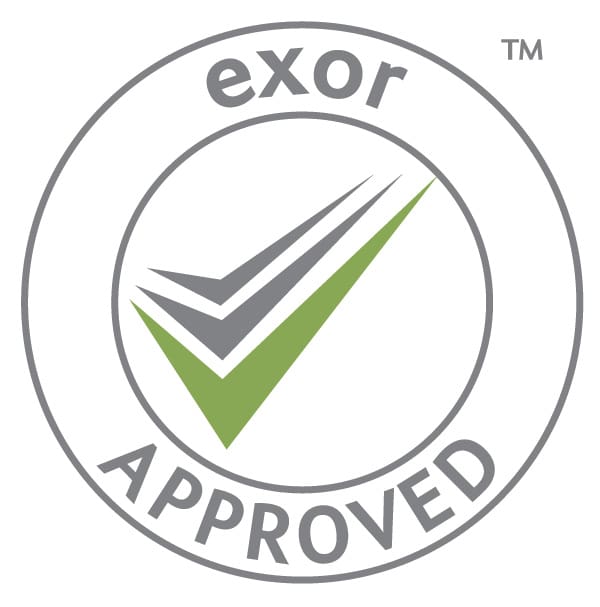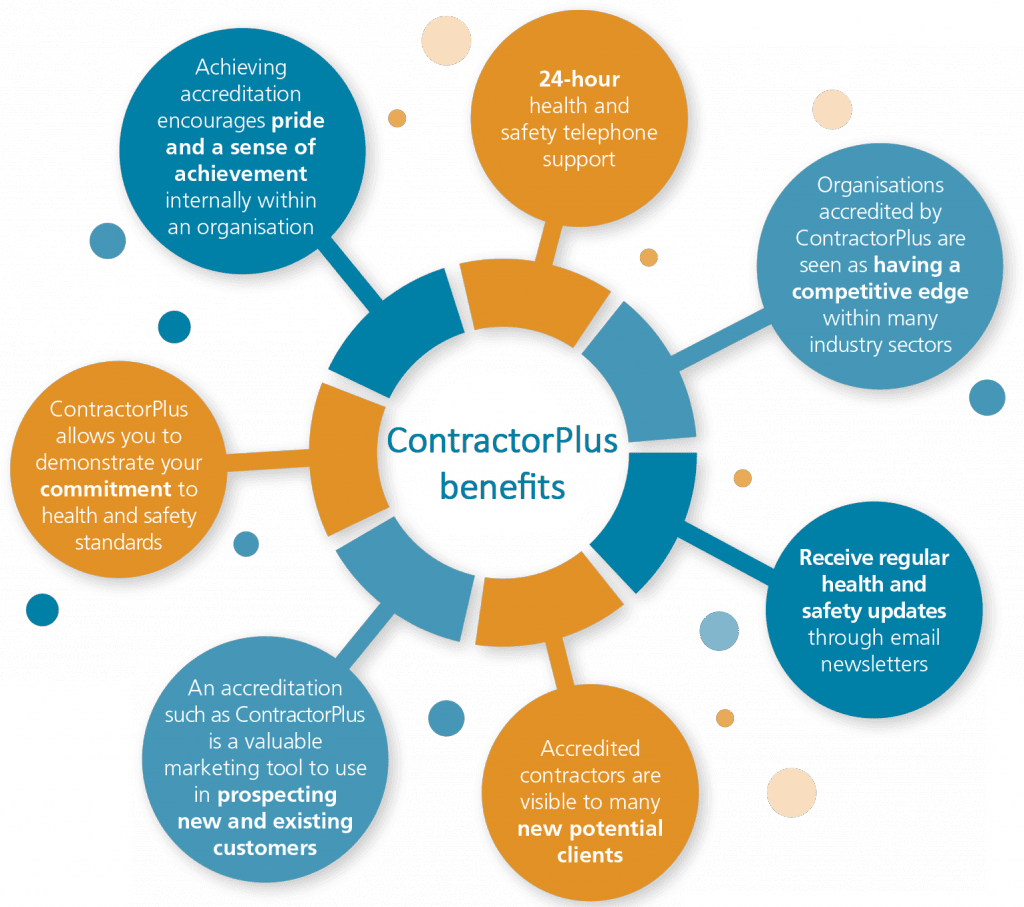What is Acclaim?
Acclaim is the Heath & Safety section within Constructionline, Acclaim membership starts at £150 to £600 depending on the turnover your company has each year. This section of Constructionline is also a member of ‘Safety Schemes In Procurement’ (SSIP).
There are a number of alternative SSIP accreditation’s that can be used for this section which you may already have or be able to achieve:
CHAS
SMAS
We have a blog that goes through everything you need to know about alternative SSIP Accreditions.
Summary of the benefits of Acclaim
Simple – The Acclaim questionnaire has 12 unique questions which do not include any information you have already provided as part of your constructionline application.
Credible – The Acclaim Accreditation is known throughout the industry, the assessment is clear and transparent. All the assessors are employed at Capita Property and Infrastructure and will provide a fair and transparent assessment process.
No Duplication – As part of the SSIP umbrella group you will be able to use your Acclaim accreditation to deem to satisfy for other accreditation should you need to please read our blog.
If you have any questions or would like us to help you get your accreditation please get in touch on 0800 031 5404.
















